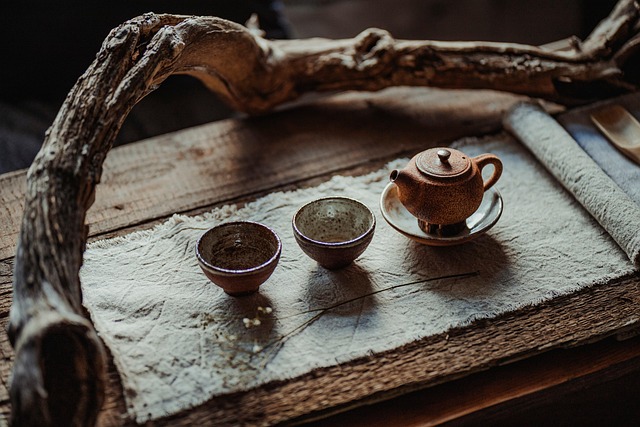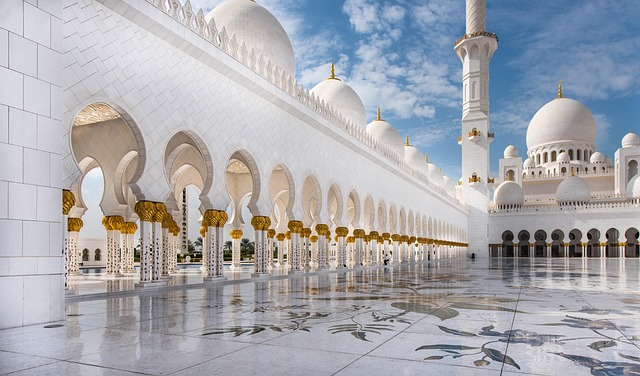The significance of ceremony in religious practices can hardly be overstated. Throughout history, ceremonies have served as pivotal moments that connect the faithful to their beliefs, creating a sense of community and shared experience. The rituals associated with various religions, from humble gatherings to grand festivities, embody the essence of spirituality and reverence, allowing adherents to explore the depths of their faith.
In numerous religions, ceremonies mark the passage of time, celebrate life milestones, or commemorate historical events. For instance, in Christianity, the sacrament of baptism symbolizes rebirth and entry into the faith community. Similarly, in Hinduism, the sacred thread ceremony (upanayana) represents a boy’s initiation into religious and educational life. Each of these rituals serves a dual purpose: they offer an opportunity for personal reflection and foster a collective bond among participants, weaving a tapestry of shared narratives and traditions.
Furthermore, the communal aspect of ceremony cannot be overlooked. Participating in a ceremony, whether it is a marriage, a funeral, or a festival, creates a profound sense of belonging. It reinforces the idea that individuals are part of something greater than themselves—a living tradition that spans generations. For many, these moments are not merely performances; they are vital expressions of faith that provide comfort, guidance, and a sense of direction in an often chaotic world.
In exploring the power of ceremony, it becomes evident that each ritual encompasses layers of meaning. For instance, Jewish Passover is not just about commemorating the Exodus; it is also about reuniting families and passing down stories from one generation to the next. This ritual invites participants to not only remember their history but also to reconnect with their identity and values, highlighting how ceremonies can serve as dynamic tools for education and understanding.
The emotional engagement during ceremonies—whether through song, prayer, or shared silence—elicits a profound sense of spirituality that transcends the mundane. It is in these moments of collective worship that individuals often experience a connection with the divine, transcending their everyday lives. The ceremony creates sacred space, inviting participants to reflect, rejoice, and renew their commitment to their beliefs. This heightened emotional state can lead to transformative experiences that bolster faith and foster resilience against life’s challenges.
In an increasingly secular world, the relevance of ceremony remains significant. Individuals often seek out rituals to ground themselves amidst uncertainty. Whether it’s lighting candles during a holiday, participating in a meditation retreat, or attending services at local places of worship, these practices resonate deeply with the human spirit’s quest for meaning and belonging. Rituals provide structure, offering a sense of stability through the rhythms of life.
Understanding the power of ceremony also involves recognizing the diversity of religious expressions. Each culture embodies unique traditions that reflect shared beliefs, yet how they manifest can differ vastly. From the rhythmic chanting of Buddhist monks to the drumming circles in African religious practices, the aesthetics of ceremony are as varied as the faiths themselves. This diversity enriches the global fabric of spirituality, encouraging dialogue and mutual respect among differing beliefs.
As we reflect on the role of ceremony within religious practices, it is evident that these rites hold profound power in shaping individual and collective identity. They provide a framework for understanding the world, cultivating connection, and communicating values across generations. Through ceremonies, we explore the depths of our faith and connect with one another on a spiritual level, highlighting the universal human search for meaning and significance in life’s journey.


